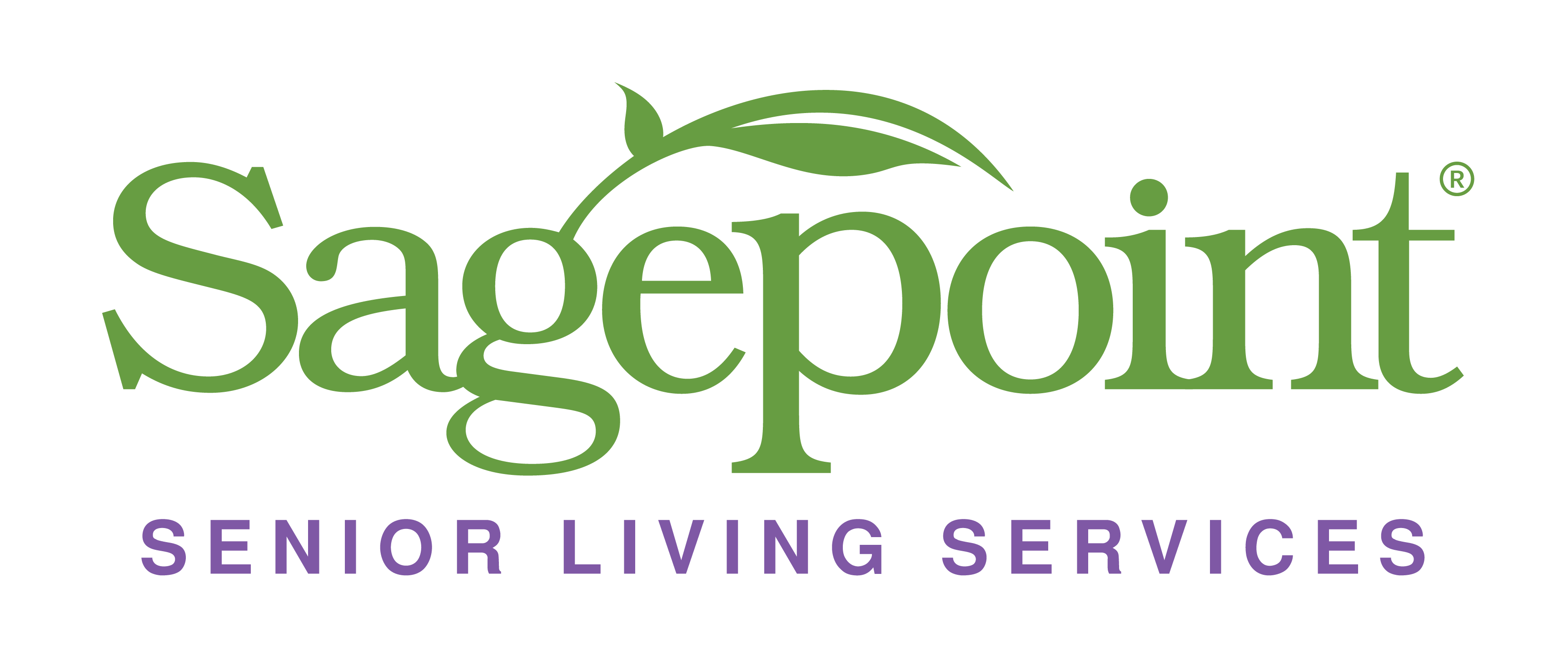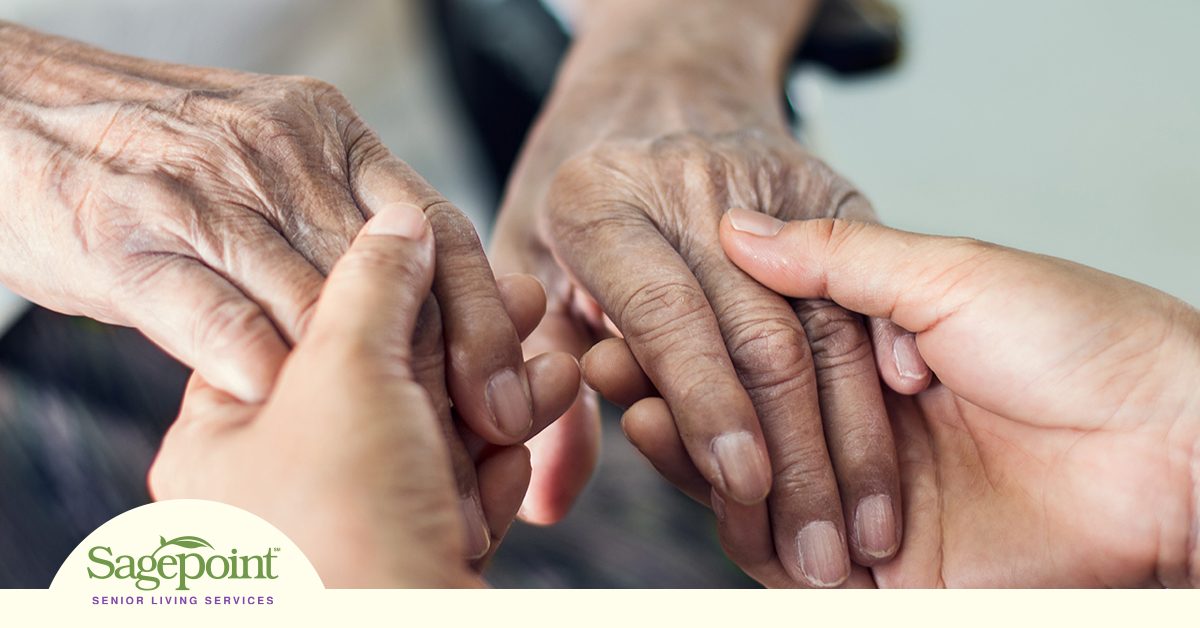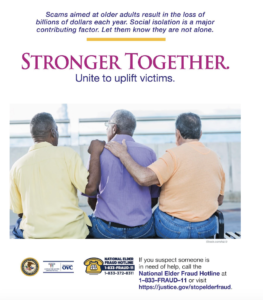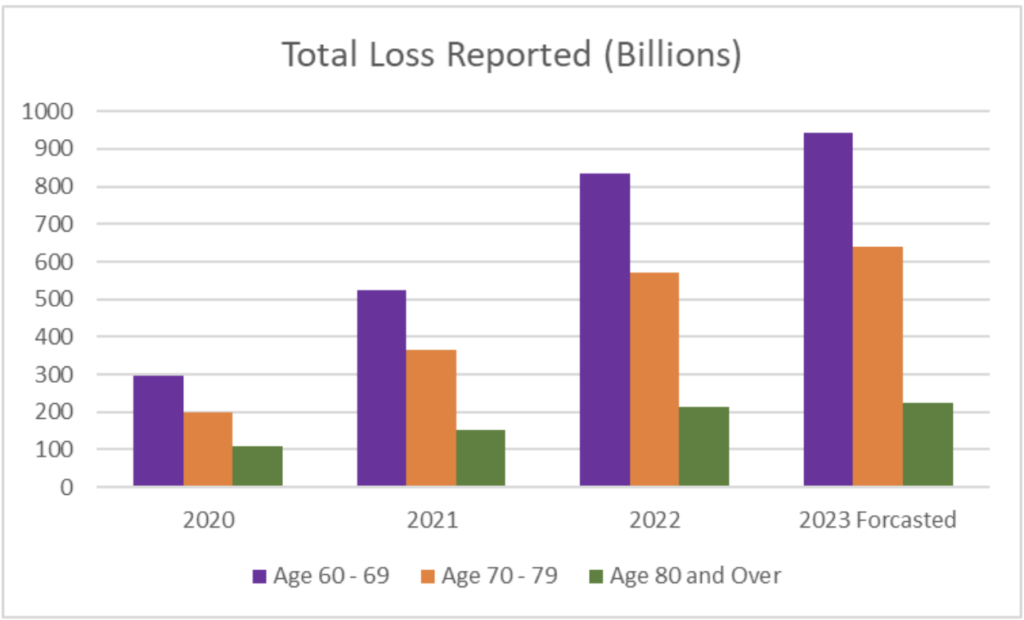
Written by: Christine Parker, CFP®, APMA™, CRPC™, CSRIC®
Investors who hold significant positions in individual stocks face a unique challenge: while the growth potential is considerable, the risks associated with concentrated stock positions can be substantial. One way to address this challenge while supporting meaningful causes is through the tax-efficient strategy of gifting appreciated securities. This approach can help reduce concentrated risk, diversify a portfolio, and offer substantial tax benefits. Here’s how gifting appreciated securities works and how it can align with your philanthropic goals.
Understanding the Risks of Concentrated Stock Positions
What is a Concentrated Stock Position?
A concentrated stock position arises when a large portion of an investor’s portfolio is tied to a single stock. This could happen due to equity compensation, long-term investments in a successful company, or inheritance. While the growth potential is enticing, it exposes investors to significant risk.
Key Risks of Concentration:
- Market Volatility: A downturn in a company’s stock price can significantly reduce an investor’s total wealth.
- Sector-Specific Risk: Heavy concentration in one industry increases exposure to risks specific to that sector, such as regulatory changes or technological disruptions.
- Limited Liquidity: Selling appreciated stock can trigger high capital gains taxes, which may deter investors from diversifying.
Gifting Appreciated Securities: A Dual Benefit Strategy
Gifting appreciated securities offers a twofold advantage: it allows diversification while supporting charitable causes. This strategy helps reduce concentrated risk in your portfolio while positively impacting the community.
Tax Benefits of Donating Appreciated Securities:
- Avoid Capital Gains Taxes: Donating appreciated stock directly to a qualified charity avoids realizing the long-term capital gains on that stock, which can result in significant tax savings.
- Charitable Deduction: If you itemize deductions, you may be able to deduct the stock’s fair market value, subject to IRS limits. This reduces your taxable income and provides a financial benefit.
Philanthropy and Impact:
Gifting appreciated securities lets you align your financial resources with personal values or corporate social responsibility goals. It also enables you to make a lasting contribution to causes that matter to you. Research has shown donors are likelier to contribute to causes that resonate personally, perceiving a more substantial alignment between their values and the organization’s mission (Halvorsen, Lynch, Brown, & McTernan, 2024).
Estate and Legacy Planning:
Incorporating stock donations into your estate plan can help reduce the size of your taxable estate, offering tax savings while leaving a generous legacy.
Eligible Charitable Giving Vehicles
There are several ways to gift appreciated securities to qualified organizations, each with advantages.
Direct Gifting to Qualified Charities:
Donating stock directly to a 501(c)(3) organization ensures that the charity benefits immediately. Before donating, confirm the nonprofit status using platforms like Charity Navigator, GuideStar, or the IRS Tax Exempt Organization Search to verify its credibility.
Donor-Advised Funds (DAFs):
DAFs offer flexibility and control over charitable giving. By transferring appreciated securities to a DAF, you avoid paying long-term capital gains, receive an immediate tax deduction, and can direct grants to multiple charities over time.
Charitable Remainder Trusts (CRTs):
CRTs combine philanthropy with financial benefits. You can receive income from the trust for a specified period while reducing your concentrated stock position. Additionally, CRTs provide tax savings through charitable deductions and deferring capital gains taxes on sales within the trust.
Strategic Considerations for Stock Donations
Timing for Maximum Benefit:
Consider donating stocks with the highest unrealized gains to maximize tax savings and effectively diversify your portfolio. This approach ensures that you minimize taxable income while achieving your diversification goals.
Integration with Overall Financial Plan:
Stock donation strategies should seamlessly fit into your broader financial and philanthropic strategy. Whether planning for retirement, building your legacy, or supporting charitable causes, ensure that your donations complement your long-term needs and objectives.
Collaboration with Advisors:
Working with financial, tax, and legal advisors is crucial to optimizing the benefits of gifting appreciated securities. They can help ensure compliance, maximize tax advantages, and integrate your gifting strategy with your financial plan.
Steps to Execute a Stock-Gifting Strategy
- Evaluate Your Stock Holdings:Review your portfolio to identify over-concentrated positions. Assess the tax implications of gifting appreciated securities.
- Choose Charitable Organizations or Vehicles: Select charities or charitable vehicles (like DAFs or CRTs) that align with your values and goals.
- Collaborate with Advisors: Work with your financial advisor to plan and execute the transfer of appreciated stock to the chosen charitable entities.
- Document the Gift: Ensure all stock transfers are documented adequately for tax reporting and compliance purposes.
Conclusion
Gifting appreciated securities is a smart strategy for managing concentrated stock risk,
achieving tax efficiency, and supporting causes that align with your values. It’s an
effective way to diversify your portfolio while making a meaningful impact on your
community. As always, consult with your financial, tax, and legal advisors to ensure your
charitable giving strategy is optimized for your financial goals and the charitable
missions you support.
References:
Halvorsen, C. J., Lynch, J., Brown, S., & McTernan, M. L. (2024). Approaches to Charitable Giving and Perceptions of Organizational Effectiveness Among Midlevel Donors. Nonprofit and Voluntary Sector Quarterly, 53(4), 926-947. Retrieved on January 23, 2025, from https://doi.org/10.1177/08997640231196888
Christine Parker, CFP®, APMA™, CRPC™, CSRIC® is the founder of Parker Financial, LLC. The firm provides Guardian Wealth Care services to help clients craft financial plans for a balanced life: career, care, and well-being. Christine formerly served on the Sagepoint Senior Services Foundation Board. Please note that not all investments or strategies are suitable for every individual. The information provided here is for general educational purposes only and does not constitute legal, financial, or tax advice. Please consult a qualified professional for personalized advice tailored to your specific circumstances. Parker Financial, LLC is a Maryland registered investment adviser
(RIA). 9300 Endowment Place, La Plata, MD 20646. www.pfadvisers.com ©2025 Proprietary. All Rights Reserved. Date: 1/23/2025















 Equal Housing Opportunity
Equal Housing Opportunity